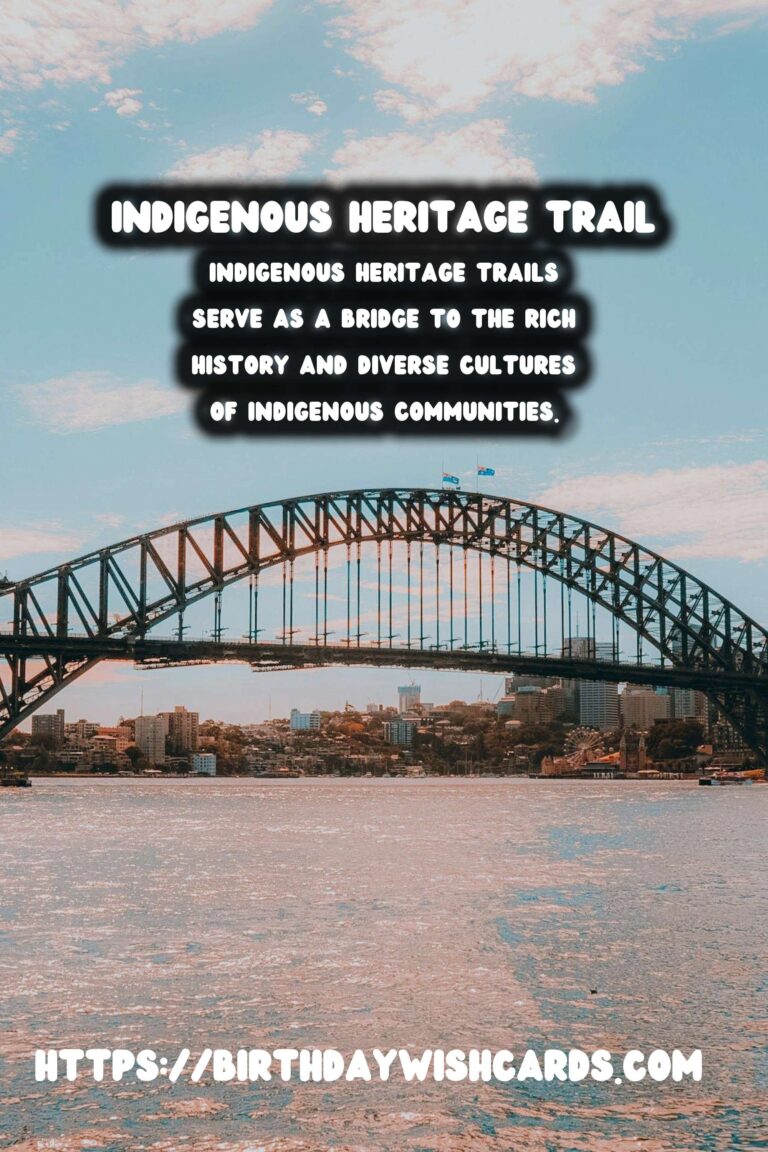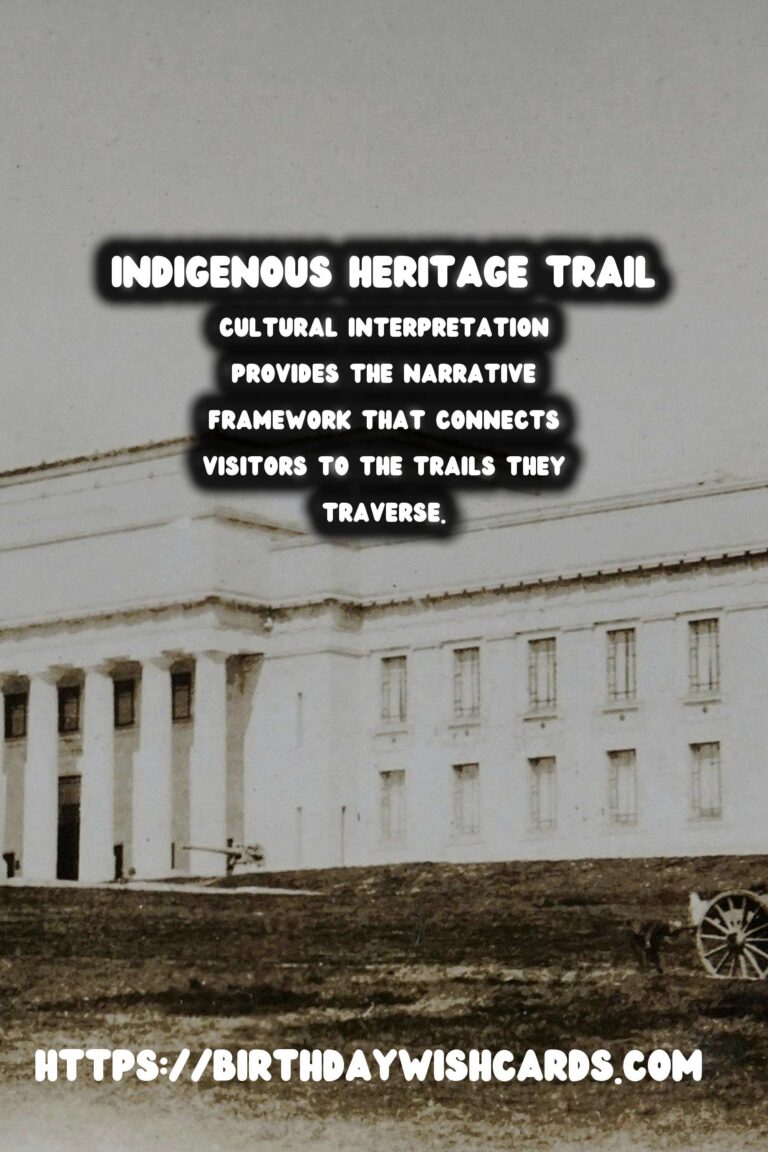
Introduction
Indigenous heritage trails serve as a bridge to the rich history and diverse cultures of Indigenous communities. These trails offer unique opportunities to explore the land through the eyes of its original inhabitants, enabling a deep understanding of cultural traditions, historical events, and environmental stewardship.
As visitors walk these paths, they engage in cultural interpretation that provides context and meaning to the natural and historical landmarks they encounter. In this article, we delve into the significance of Indigenous heritage trails, the role of cultural interpretation, and how these paths promote environmental awareness and cultural appreciation.
The Significance of Indigenous Heritage Trails
Indigenous heritage trails are carefully designed paths that traverse lands of cultural and historical importance to Indigenous peoples. These trails are more than recreational spaces; they are living museums that preserve and interpret the cultural heritage of a people whose history predates modern boundaries and settlements.
Each trail tells a unique story, highlighting traditional uses of the land, sacred sites, and significant events. By following these trails, both Indigenous and non-Indigenous people can gain insights into the enduring connection between Indigenous communities and their ancestral lands.
Cultural Interpretation and Its Importance
Cultural interpretation provides the narrative framework that connects visitors to the trails they traverse. Through informative signage, guided tours, and interactive media, cultural interpretation articulates the stories embedded within the landscape.
This interpretive practice offers visitors a deeper understanding of the cultural and historical contexts of Indigenous communities. By emphasizing traditional ecological knowledge and cultural practices, it fosters respect and appreciation for Indigenous contributions to sustainable land management and conservation.
Promoting Environmental Awareness
Indigenous heritage trails not only support cultural education but also promote environmental awareness. Indigenous peoples have long practiced sustainable interactions with the natural world, and heritage trails highlight these traditional ecological practices.
Visitors learn about Indigenous approaches to land stewardship, plant and animal conservation, and sustainable resource management. This knowledge is crucial in today’s context of global environmental challenges, as it offers valuable lessons in sustainability and ecological harmony.
Cultural Appreciation and Reconciliation
Engaging with Indigenous heritage trails is a step towards reconciliation. It fosters greater cultural appreciation and understanding by allowing people to experience Indigenous cultures in their authentic geographical context.
Through immersive experiences facilitated by these trails, visitors develop empathy and respect for Indigenous histories and perspectives. This cultural appreciation can lead to stronger relationships between Indigenous and non-Indigenous communities, encouraging collaborative efforts to address historical and contemporary issues.
Conclusion
Indigenous heritage trails are vital custodians of cultural and historical knowledge. They offer an unparalleled opportunity for cultural interpretation, environmental education, and reconciliation. By engaging with these trails, visitors not only gain a deeper appreciation for the rich cultural tapestry of Indigenous communities but also contribute to the honor and preservation of Indigenous heritage.
Such trails help keep Indigenous history and traditions alive, reinforcing the importance of understanding and respecting the roots and rights of Indigenous peoples worldwide. These paths are more than trails; they are journeys of learning, reflection, and unity.
Indigenous heritage trails serve as a bridge to the rich history and diverse cultures of Indigenous communities. Cultural interpretation provides the narrative framework that connects visitors to the trails they traverse.
#IndigenousHeritage #CulturalInterpretation

